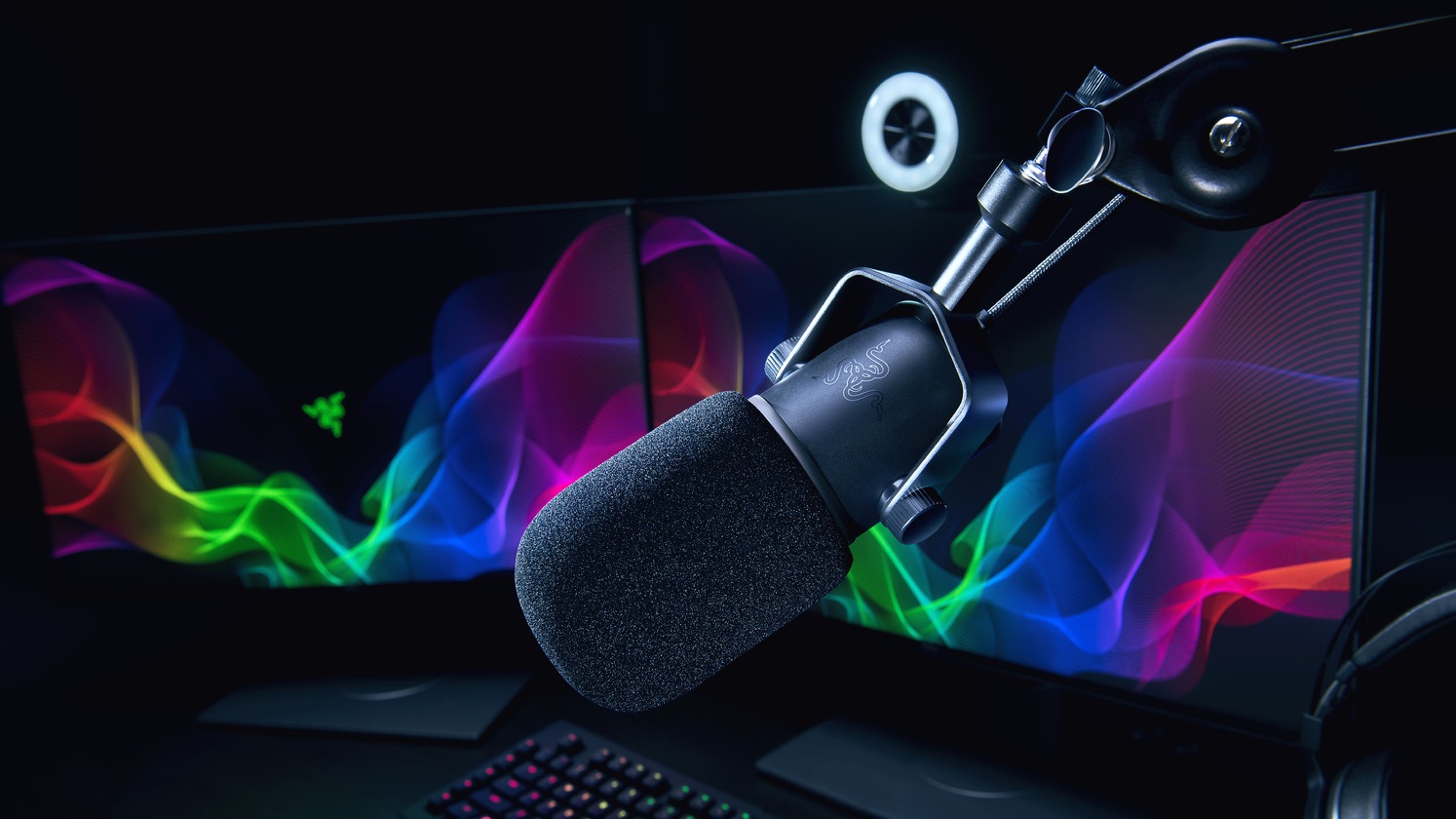The Razer Seiren Elite is a professional-grade microphone for game streaming
Crystal-clear streaming from Razer

Razer has unveiled its new USB microphone, the Razer Seiren Elite, which is aimed at giving live streamers and YouTube broadcasters professional-grade audio quality.
It’s designed as a single capsule, which Razer claims will give a “a richer, warmer vocal tone previously only found through high-end broadcast equipment,” along with a built-in filter and limiter.
The high-pass filter removes low frequency vibrations, so if the fans in your gaming PC are whirring like crazy, it shouldn’t be picked up by the microphone.
Meanwhile, the digital and analogue vocal limiter will automatically adjust volume and gain to prevent distortion and popping with sudden changes of volume – a blessing to the audiences of overexcited broadcasters.
Plug and play
Perhaps the most interesting part of the Razer Seiren Elite is that it is promising all these professional-grade features while also being plug-and-play. So, you can simply plug it into a USB port, rather than having to fiddle with external mixers and amplifiers, like some professional microphones require.
Other specifications for the Razer Seiren Elite include 16-bit/48Hz resolution, zero latency, 20Hz – 20kHz frequency response and a max SPL (Sound Pressure Level) of 120dB.
It will be available January 2018 – so essentially either today or tomorrow – and it will cost $199 (around £140, AU$240). Hopefully we’ll get one in soon to see just what kind of improvement it brings.
Sign up for breaking news, reviews, opinion, top tech deals, and more.

Matt is TechRadar's Managing Editor for Core Tech, looking after computing and mobile technology. Having written for a number of publications such as PC Plus, PC Format, T3 and Linux Format, there's no aspect of technology that Matt isn't passionate about, especially computing and PC gaming. He’s personally reviewed and used most of the laptops in our best laptops guide - and since joining TechRadar in 2014, he's reviewed over 250 laptops and computing accessories personally.